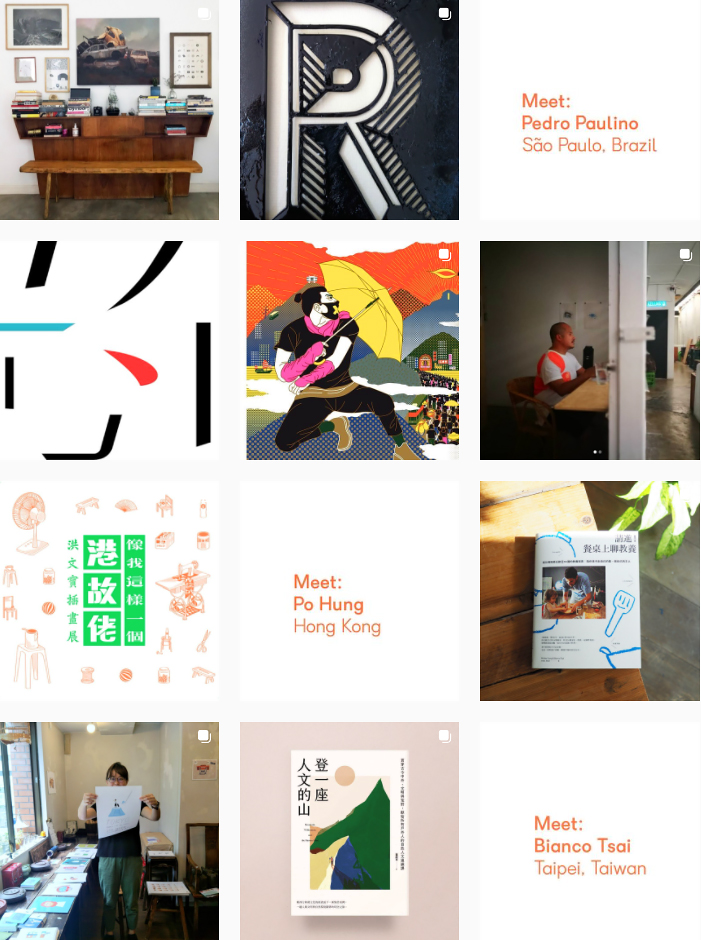6 April 2022


The ampersand is a written character that represents a word, or a "logogram." You may notice that it sometimes looks like an "e" and a "t," in some instances. Well that's because it is! It originated as a ligature of the letters "et," Latin for "and." (As a French speaker, I see the French word "et," which means "and.")
The Romans first drew this ligature, most likely sometime before 79 CE. The image directly above shows how the ampersand has evolved from 131 to 810 CE. Since the ampersand's roots go back to Roman times, many languages that use a variation of the Latin alphabet make use of it as a stand-in for the word "and."
For centuries it was regarded as the 27th letter of the English alphabet, which helped it get its own name. Traditionally, when reciting the alphabet in English-speaking schools, any letter that could also be used as a word in itself was repeated with the Latin expression "per se" ("by itself.") Eg: "A per se A."
The recitation of the alphabet would always end in X, Y, Z, "& per se &". This phrase was routinely slurred to "ampersand." By 1837 the term had entered common English.
French “esperluette” may have a similar origin, “et per lui et”. The German name, in typical straightforward German fashion, is simply “Et-Zeichen” (“et symbol”).
Type designers often put a lot of work into the ampersand and designers usually love to use them. So much can be done! For example, an ampersand in one typeface, can often look great set alongside another, completely different typeface. To note, typographic guidance says to only use ampersands in headers or logos. In body copy ampersands tend to stand out too much, disrupting the flow of the eye across a page.

